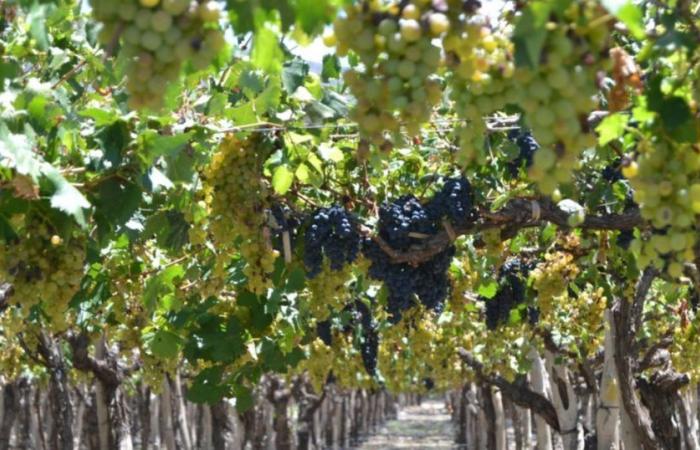Argentine viticulture has grown strongly in the world in recent years, largely thanks to investments in the conversion of vineyards towards quality grapes, improvements in production and the industry’s joint work to promote itself abroad. This process in Salta, a traditional productive area with century-old wineries, grew in quality and quantity, even above the national average.
In the last two decades, the number of wineries producing in Salta grew by 326 percent, from 15 to 48 establishments, according to data from the National Institute of Viticulture (INV). Of that total, there are 33 wineries that do wine tourism, according to records from the Ministry of Tourism of the province of Salta.
While the surface area of vineyards in the country has grown by 13.6 percent since 2000, in the Calchaquí Valleys of Salta, more precisely in Cafayate, San Carlos, Molinos, Cachi and Payogasta, it has grown twice as much, by 85 percent, adding 1,440 new hectares, for a total of 3,745 in 2024, according to the INV Salta Delegation.
In this period, the wineries already installed increased the planted area and, in addition, new ventures emerged, both from new wineries and from companies, which already produce in Mendoza and now have land in Salta. 58 percent of the vineyards correspond to red varieties and 99 percent of the grapes produced are for fine varietal wines, a unique index in the country.
The wines of the Calchaquí Valleys are promoted as high altitude wines, since the vineyards are located between 1,600 and 3,111 meters above sea level, which gives them, together with the climate and local soil, unique characteristics.
The investors who came to the area, initially, mainly because of their interest in Torrontés, later added other red varieties. There was a reconversion of the industry since the 90s, when we began to see and bet on the locality of Salta grapes and wines. In addition to the quality Torrontés, which is beginning to be known around the world, other varieties such as Malbec, Cabernet Sauvignon or Tannat grow differently in this area, with a unique typicity. They are more fruity and concentrated.
With the emblem of high-altitude wines, the wineries and the Province carry out many actions to promote and disseminate the virtues and benefits of these products abroad, such as participation in fairs and trade missions. And the results are on sight. They are increasingly recognized nationally and globally. Today 1.5 million premium wines are exported to 30 countries and although Salta still produces only 1.8 percent of the country’s total, it contributes approximately 8 percent of Argentine sales abroad.
The Government of the Province of Salta, through the Ministry of Production and Sustainable Development, has adopted as a State policy the promotion of the wine sector, a productive engine and the largest generator of labor in the Calchaqui Valley.
The Undersecretary of Commerce and MSMEs, Luis García Bes, expressed that the aim is to generate a sense of belonging among the people of Salta, so that when choosing a wine, they know that not only are they of quality, but that behind each bottle, there is a person who planted, watered, pruned, harvested and so on until the product reached the shelf, with which in a public-private joint they worked together to proudly disseminate high-altitude wines.
“Salta still has great potential to develop, mainly due to its climatic aptitudes. Productive micro regions continue to be discovered and each one has its characteristics. A Malbec from the Cafayate Valley is not the same as one from Tacuil, Payogasta or Cachi. Each place has its specificity and that is what stands out, the diversification of the terroir,” concluded García Bes.






